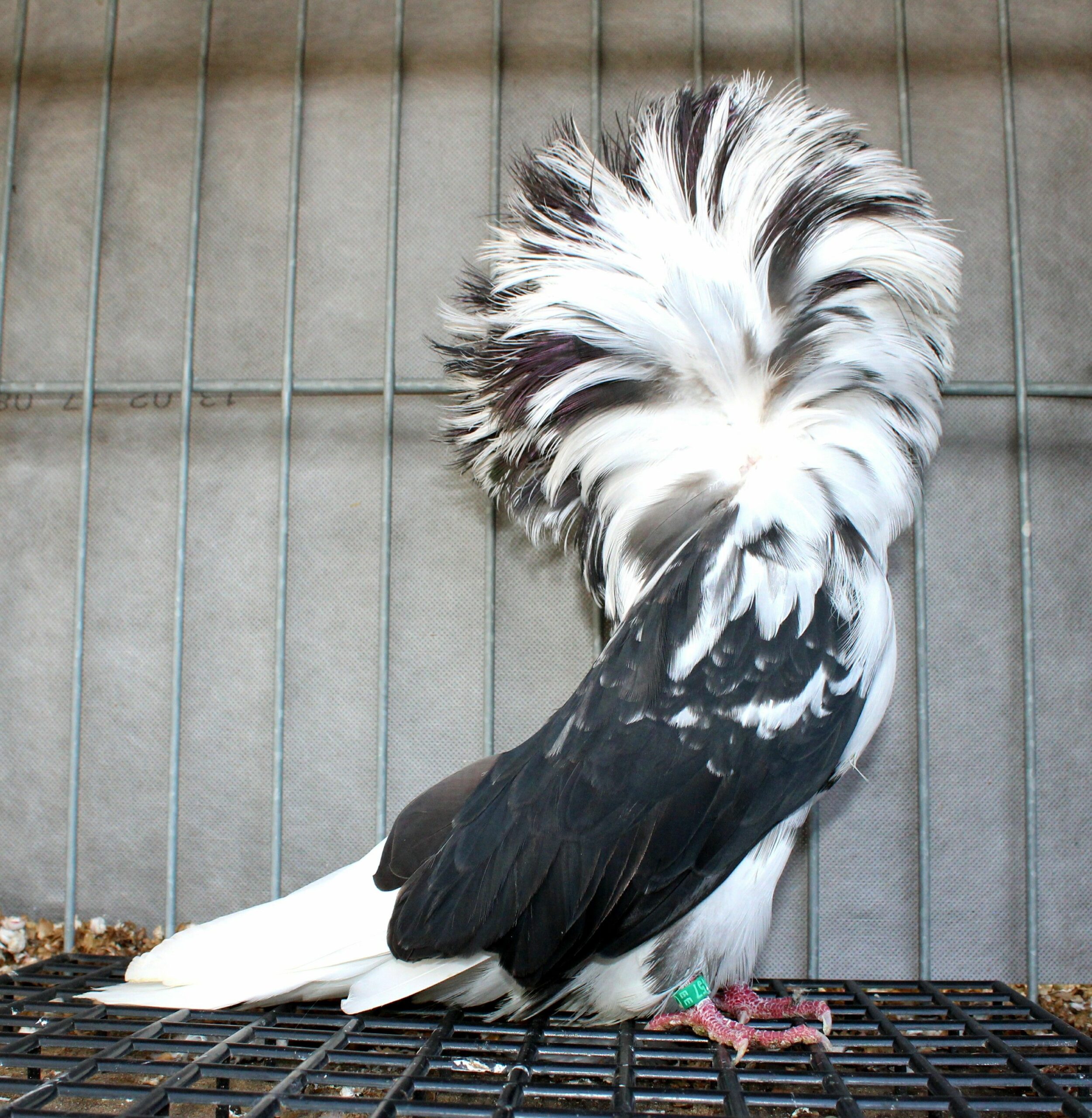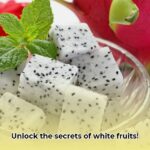The Jacobin pigeon, with its stunning, fluffy hood, is a captivating breed with a rich history and unique characteristics. This guide provides a comprehensive overview, covering everything from its origins to its care requirements, making it a valuable resource for both novice and experienced pigeon enthusiasts.
Unveiling the Jacobin: History and Appearance
A Journey Through Time: From India to the World
The Jacobin pigeon’s story likely began in India around the 1500s. Precisely how this elegant bird made its way across the globe remains a mystery, though meticulous research into historical pigeon-breeding records might shed light on its fascinating journey. Over centuries, selective breeding honed the Jacobin’s distinctive features, particularly its signature hood, resulting in the bird we admire today. The specific breeding choices made over the years are crucial in understanding its evolution.
A Closer Look: Physical Characteristics
Jacobins are medium-sized pigeons with a slender, graceful build. However, it’s their magnificent crown of feathers—the “hood”—that truly sets them apart. This hood, which varies in size and shape, makes each bird unique. Their plumage boasts a vibrant array of colors, including classic black and white, as well as striking reds, blues, yellows, and even silver or fawn shades. Some experts believe the variety in colors and patterns resulted from early breeders favoring specific aesthetics. This table showcases some of the variations:
| Color Morph | Description |
|---|---|
| Black | A deep, rich, and intense black plumage. |
| White | Pure, pristine white feathers. |
| Red | A wide range, from light rose to a deep, vibrant red. |
| Blue | Shades vary from a pale sky blue to a dark, almost violet hue. |
| Yellow | Showcases a variety of yellow tones and patterns. |
| Silver/Fawn | Subtle differences make each bird unique. |
While discerning differences between male and female Jacobins requires a keen eye, recognizing these distinctions is crucial for those interested in breeding.
Caring for Your Jacobin: A Practical Guide
Maintaining a healthy and happy Jacobin involves several key elements.
Housing Your Feathered Friend
Your Jacobin requires a spacious cage constructed of safe materials and equipped with adequate ventilation. The cage’s size will naturally vary according to the number of birds housed within it.
Nutrition: Fueling a Healthy Life
A balanced diet is paramount. This entails a carefully formulated mix of seeds (such as sunflower, millet, and canary seeds), nutritious fruits, and insects. Researching the optimal seed blend is worthwhile, as it directly impacts your bird’s health and feather vibrancy.
Hygiene and Veterinary Care
Regular cleaning prevents the spread of illness, while regular check-ups with an avian veterinarian are essential for early detection and treatment of potential health problems — potentially saving your bird’s life.
Breeding Jacobins: A Rewarding Endeavor
Breeding Jacobins is a rewarding but challenging process. Success relies on understanding their courtship rituals, incubation periods, the number of eggs typically laid, and the specific care requirements for the chicks. There is ongoing research to refine understanding of this stage. Some experts believe that hood trimming might be beneficial for the chicks’ safety and the overall breed, but this is a procedure that demands skill and precision to avoid injuring the bird.
Beyond the Beauty: Personality and Potential Uses
Jacobins possess charming personalities, making them engaging companions. Their unique vocalizations are also a fascinating aspect of the breed. Beyond their aesthetic appeal, their genetics may present opportunities for scientific research, though the potential applications are still under investigation.
Jacobin Pigeon Lifespan: Understanding Longevity [https://www.lolaapp.com/jacobin-pigeon]
The lifespan of a Jacobin pigeon is a topic often plagued by misinformation. While some sources may suggest a drastically shorter lifespan, a healthy Jacobin, with proper care, will likely live for 7-10 years. However, with excellent care and perhaps a touch of luck, some birds may live remarkably longer, perhaps up to 15 years. [https://www.lolaapp.com/jacobin-pigeon]
Factors Influencing Lifespan
Several factors influence a Jacobin’s lifespan:
- Diet: A balanced diet is fundamental to a robust immune system and extended life.
- Living Space: A clean and spacious environment minimizes stress and disease risk.
- Genetics: Inherited traits can influence susceptibility to certain illnesses.
- Veterinary Care: Regular check-ups allow for early detection and treatment of health issues, such as CRD (Chronic Respiratory Disease), a significant threat to Jacobin pigeons. It is also important to be aware of overbreeding, which can shorten the hen’s lifespan. It is advisable to involve professionals when mating and breeding.
Jacobin Pigeon Diet: Nutritional Needs [https://www.lolaapp.com/jacobin-pigeon]
A healthy Jacobin requires a diverse diet comprising seeds, fruits, vegetables, and insects. [https://www.lolaapp.com/jacobin-pigeon]
A Balanced Menu
- Seeds: Sunflower, millet, and canary seeds provide energy.
- Fruits: Apples, berries (in moderation) offer vitamins and fiber.
- Insects: Mealworms and crickets are crucial protein sources, especially for young birds.
- Leafy Greens: Spinach and kale (in moderation) provide fiber.
Nutritional Considerations
Jacobins need a balance of protein for muscle and feather growth, calcium for bone strength and eggshells, healthy fats for energy, and fiber for digestion. These nutritional needs shift as the bird develops, with chicks requiring a higher-protein diet and breeding pairs needing increased calcium and protein. Access to fresh, clean water is also absolutely vital. An unbalanced diet can lead to obesity or malnutrition.
Jacobin Pigeon Standards: Breed Characteristics [https://www.lolaapp.com/jacobin-pigeon]
The Jacobin pigeon’s breed standards focus on a range of characteristics, though the most striking is its magnificent hood. [https://www.lolaapp.com/jacobin-pigeon]
Key Judging Criteria
Judges evaluate several key features:
- Hood: A full, dense hood is paramount; gaps or thin spots reduce scores.
- Body: A well-proportioned body is essential, creating an elegant silhouette.
- Plumage: Smooth, glossy feathers that lie neatly add to the bird’s overall appeal.
- Legs and Feet: Clean, feather-free legs and feet are indicative of good health.
- Color: A rich, uniform color is preferred, with a wide range of accepted colors.
While the specific point system may vary between organizations, the underlying emphasis on these features remains consistent. The standard has evolved over time, reflecting both historical development and modern preferences. Always check the specific rules of any competition. Remember, a healthy, well-cared-for bird forms the foundation for a successful showing.
- 1 Liter to Fluid Ounces: Easy Conversion Guide - April 9, 2025
- Unlock what is the seventh month: A Cross-Cultural Calendar Guide - April 9, 2025
- Discover White Fruits: Ultimate Guide to Taste & Nutrition - April 8, 2025

















2 thoughts on “Jacobin Pigeon: A Comprehensive Breed Guide with Stunning Photos and Expert Care Tips”
Comments are closed.